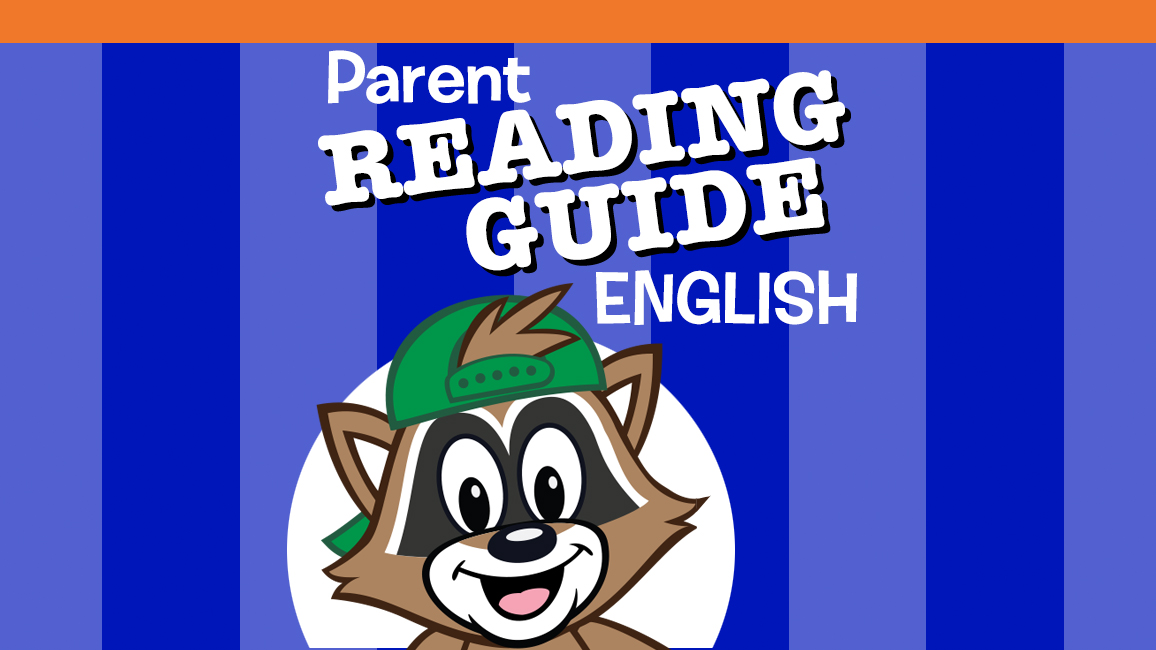
It can be fun talking with your child about the animals seen in Ranger Rick Jr. Here are two ways you can expand on the information found in the magazine.
The “That’s Wild!” feature on pages 4–5 includes facts about six animals. Talk with your child about these animals. For example, here are some facts you might share about camels.
Why would a camel need to keep sand of its eyes? Because most camels live in sandy deserts. But that’s not the only way a camel is well suited to live in a hot, dry desert. A camel has a hump filled with fat on its back. (Some camels have two humps.) The animal can use the fat in its hump for energy when food and water are scarce. A camel can go for a week without water and several weeks without food. People have used camels for centuries to help them carry goods across the deserts of northern Africa that have little food or water.
Ricky Raccoon, the mascot for Ranger Rick Jr., is seen throughout the pages of the magazine. This month, a picture of a real raccoon is on the back cover. Share these facts about raccoons with your child.
 Raccoons live in North America. They can be found in forests as well as neighborhoods. That’s because raccoons will eat almost anything. They will eat fish, eggs, and insects, as well as fruits and berries. They will also eat vegetables they find growing in gardens and trash they find in garbage cans.
Raccoons live in North America. They can be found in forests as well as neighborhoods. That’s because raccoons will eat almost anything. They will eat fish, eggs, and insects, as well as fruits and berries. They will also eat vegetables they find growing in gardens and trash they find in garbage cans.
Raccoons are nocturnal. That means they go out at night to look for food. They go back to their dens to sleep during the day. Raccoons make their dens in hollow trees, rock crevices, holes in the ground, or even attics of people’s homes.
Talking about the animals in Ranger Rick Jr. will help your child learn about our world.
Mike Wilson, Founder
Prekindergarten Reading Encouragement Project
PREP – Helping childhood literacy one family at a time.
facebook.com/PREPDelaware


